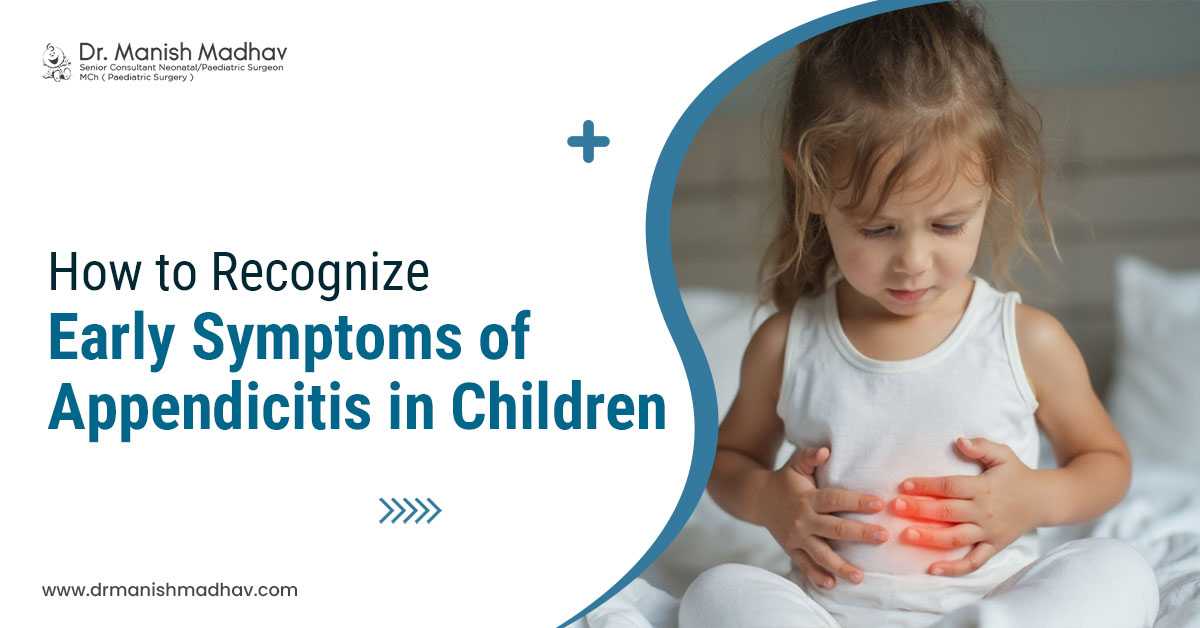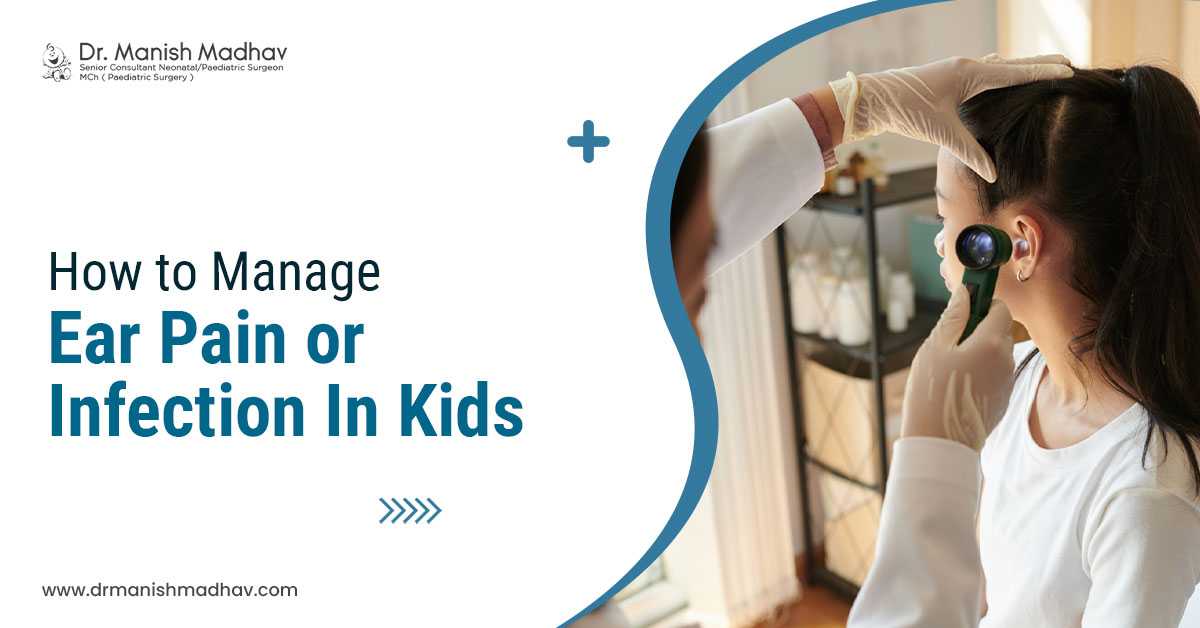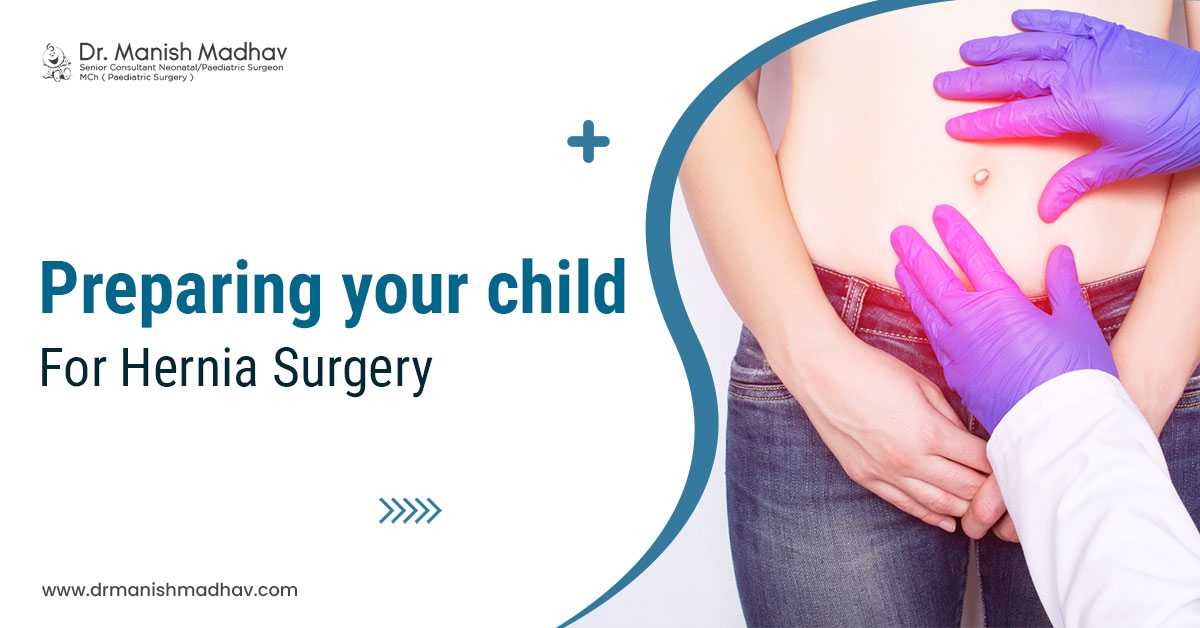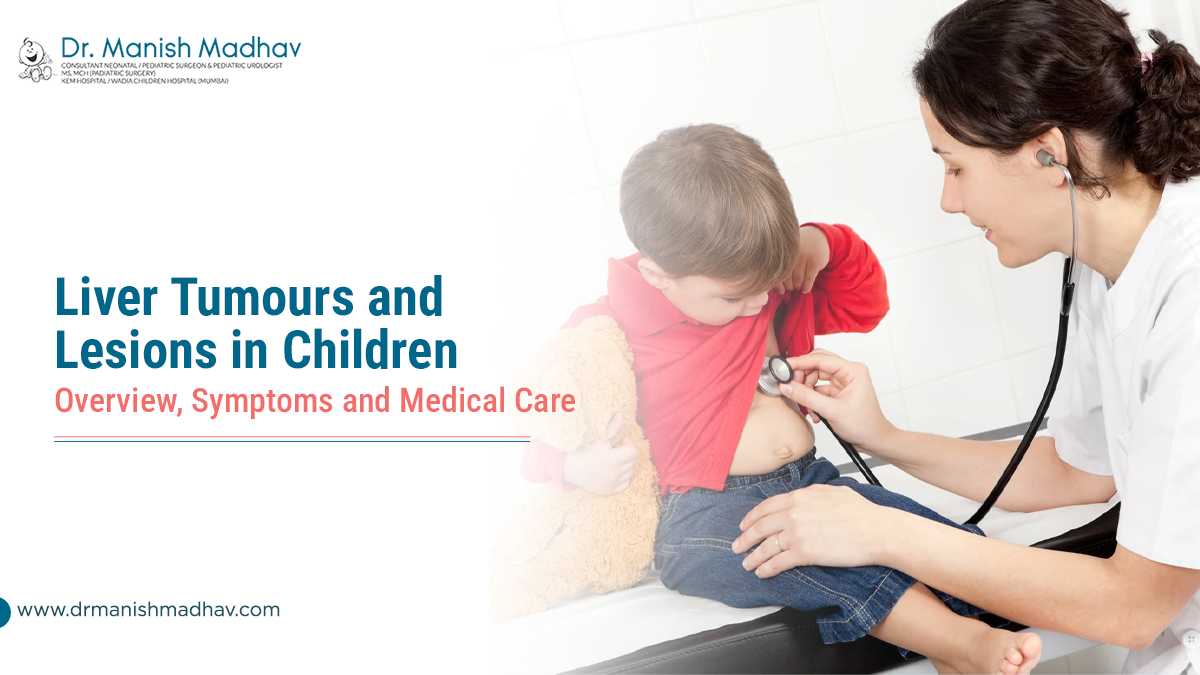Children's liver tumors and lesions are far less prevalent and frequently pose a different set of problems than liver problems in adults. For pediatric liver cases to improve, early detection, precise diagnosis, and timely medical care are key to optimal pediatric health. Get expert advice and support for optimum hepatobiliary surgeries in Siliguri City.
Overview of Liver Lesions and Tumors
Both benign (non-cancerous) and malignant (cancerous) liver tumors are abnormal cell growths in the liver. Liver tumors or lesions in children are uncommon but can be dangerous. A region of abnormal tissue, whether or not it is malignant, is referred to as a lesion in the liver. Cysts, hemangiomas, and localized nodular hyperplasia are examples of lesions, the majority of which are benign, meaning non-cancerous.
Among the benign liver tumors are:
Liver Hemangiomas: In children, hemangiomas are the most prevalent benign liver lesion.
Pediatric Mesenchymal Hamartomas: Children under the age of two are usually affected by pediatric mesenchymal hamartomas.
Focal Nodular Hyperplasia: Although it is less frequent in children, focal nodular hyperplasia can happen in older pediatric groups.
In children, the two most prevalent malignant liver tumors are:
Hepatoblastoma: This is the most prevalent kind of liver cancer in children under five.
Hepatocellular Carcinoma (HCC):This type is more prevalent in older kids and teens, which is often linked to underlying liver conditions.
Risk Factors
Although the definitive cause of pediatric liver tumors is not always established, several circumstances raise the risk, such as:
- Beckwith-Wiedemann syndrome and other genetic disorders
- Low birth weight and premature birth
- A family history of cancer or liver illness
- Underlying liver diseases, particularly in HCC
Although further studies are required, environmental causes and maternal health during pregnancy may possibly have an impact on risk. Consult one of the top hepatobiliary surgeon doctors in Siliguri City.
Symptoms to Watch For
Usually, early signs of liver tumors in children are ambiguous or nonspecific, which makes diagnosis difficult. Because of this, parents and other caregivers, however, must be aware of the following symptoms:
- A palpable lump or enlargement in the abdomen
- Abdominal pain on the upper right side
- Unaccounted-for weight loss
- Lethargy or exhaustion
- Fever without an infection
- Vomiting or feeling queasy
- Appetite loss
- Jaundice, or skin or eye yellowing
Treatment Options for Pediatric Liver Tumours or Lesions
The kind, size, location, and spread of the tumor, besides the child's general health, all matter to treatment planning. Among the options are:
Surgery. This is frequently the first line of treatment for both benign and malignant liver tumors in kids. When benign tumors don't produce major symptoms, doctors can sometimes merely monitor them. A benign tumor will be removed by a surgeon if it becomes very large or problematic.
Chemotherapy: Often used to treat metastatic cancer or reduce the bulk before surgery in situations of hepatoblastoma or unresectable tumors.
Liver Transplant: When there are several tumors or the liver is seriously damaged, a liver transplant may be considered.
Observation: Routine monitoring may be adequate for certain benign tumors that are not producing symptoms.
When treating complicated liver disorders in children, a multidisciplinary team of pediatric oncologists, surgeons, radiologists, and liver experts often works together. For hepatobiliary surgeries in Siliguri, talk to the leading pediatric surgeon in town, Dr. Manish Madhav.




